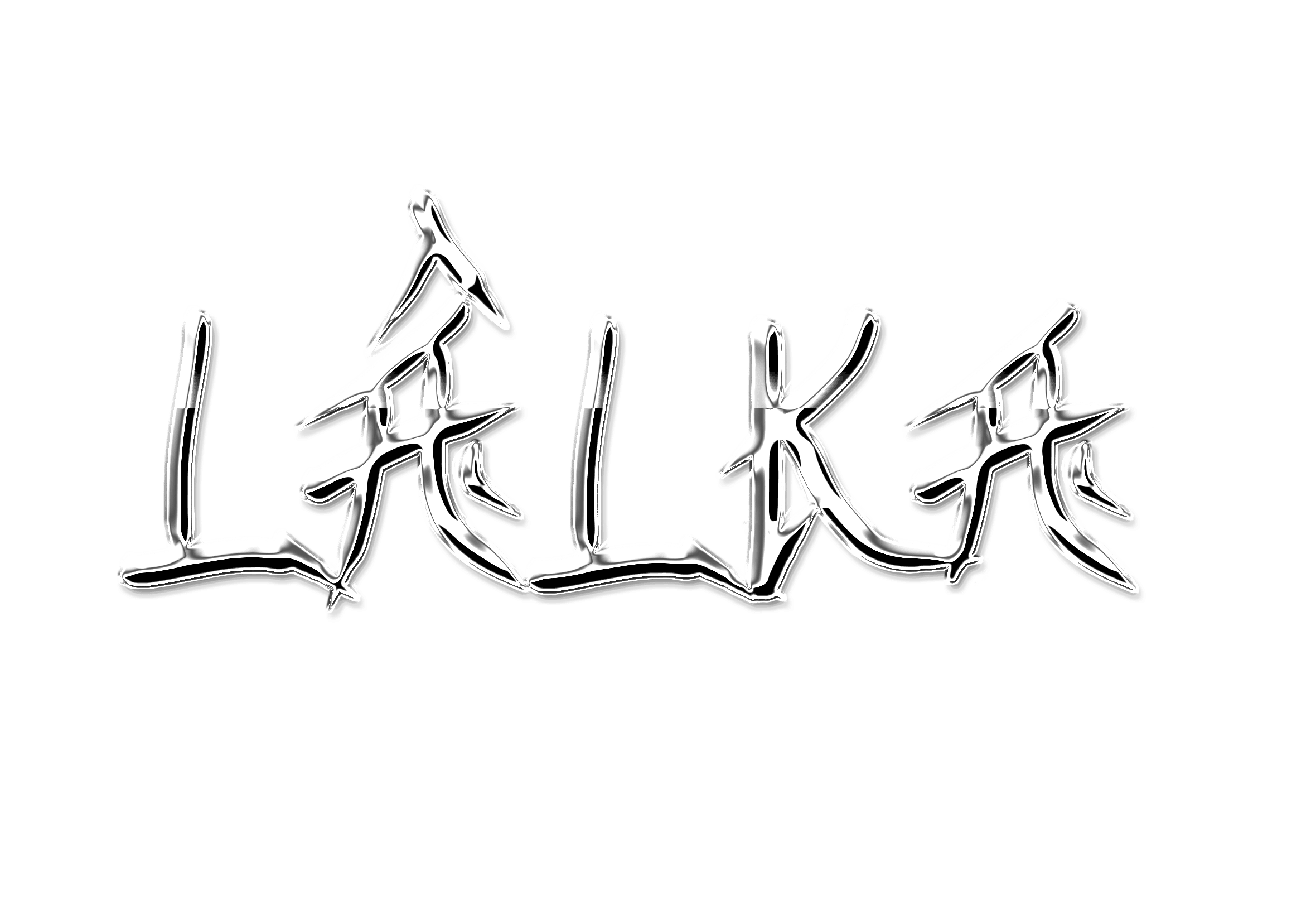

(1)
The problem of (Ethereum) CryptoArt https://joanielemercier.com/the-problem-of-cryptoart/
(2)
CryptoArt.wtf https://cryptoart.wtf/
(3)
NFTs and Crypto Art: The Sky is not Falling https://sterlingcrispin.blogspot.com/2021/02/crypto-art-sky-is-not-falling.html
(4)
Evaluating Sustainable Interaction Design of Digital Services: The Case of YouTube https://research-information.bris.ac.uk/en/publications/evaluating-sustainable-interaction-design-of-digital-services-the
(5)
Is Our Obsession with Netflix, Spotify, and Other Streaming Services Harming the Planet? https://brightly.eco/environmental-impact-streaming/
(6)
The carbon footprint of vinyl records, CDs and music streaming https://expressiveaudio.com/blogs/audio-advent/audio-advent-day-1-the-environmental-impact-of-listening-to-music
(7)
NFTs and Crypto Art: The Sky is not Falling https://sterlingcrispin.blogspot.com/2021/02/crypto-art-sky-is-not-falling.html
(8) Ethereum’s big proof-of-stake blockchain switch could happen on September 15th https://www.theverge.com/2022/8/11/23301638/ethereum-crypto-blockchain-proof-of-stake-environment
(9)
The Carbon Footprint of NFTs: Not All Blockchains Are Created Equal https://linuxfoundation.org/wp-content/uploads/LFResearch_HL_NFT_Report_22Apr22_FINAL.pdf
Gain access to insider news, exclusive content, and a community of like-minded rule-breakers. Subscribe now to unleash your inner rebel!
